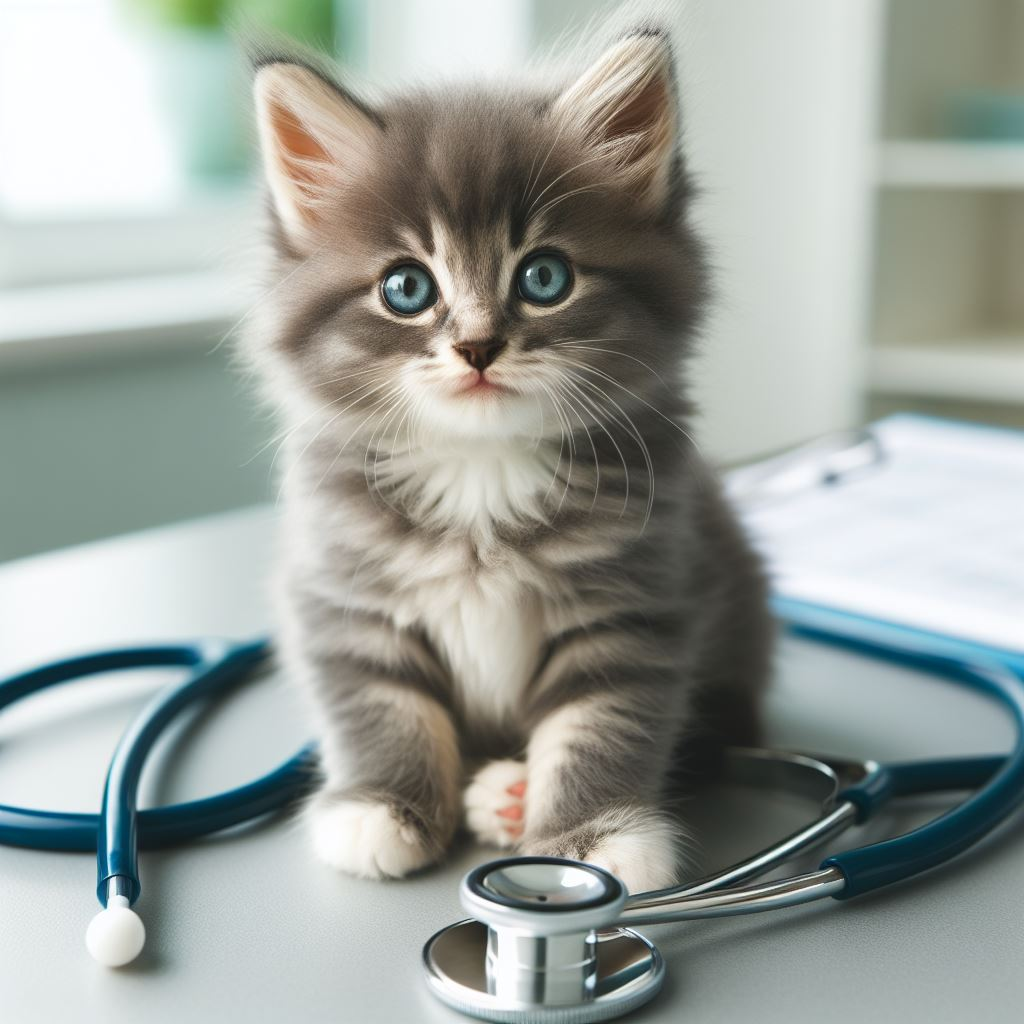
Why does my kitten’s anus stick out?
“Whoa, is that normal?” I did a double-take when I saw my kitten’s pink blob poking out of her bottom. My squeamishness quickly turned to concern. What was going on back there, and was my fur baby okay?
Turns out, the medical name for a cat butt sticking out is “rectal prolapse.” Sounds bad, but not to worry. With some know-how on causes, symptoms, and treatments, we can get our kitties’ bums back on track.
Rectal What? Defining Feline Prolapse

Feline rectal prolapse happens when part or all of the rectal tissue slides out of place, slipping through the kitty’s anus to the outside. Picture a sock being pulled inside out. The tissue bulges out bright pink or deep red. Sometimes, a bit of blood or mucus coats the surface.
“It looks painful and scary, but it’s usually pretty straightforward to treat,” my vet assured me. “First, let’s get Fluffy examined and find the underlying cause.”
Clues Your Cat’s Bum Needs Help
Catching symptoms early vastly improves prognosis. Here are key signs of rectal prolapse in cats:
- Difficulty pooping, with lots of straining
- Bloody stool or mucus
- Constant licking or biting at the hind area
- A pink, red, or yellow mass protruding from the anus
- General signs of illness like vomiting or appetite loss
“Once you notice any protrusion, it’s vital to see the vet without delay,” my vet emphasized. Rapid treatment can prevent lasting harm.
Why Your Cat Might Have a Rectal Prolapse
Feline rectal issues arise from increased pressure and swelling in the colon. Causes include:
- Straining too hard to poop because of constipation or obstructed bowels
- Diarrhea from parasites, infections, or digestive issues
- Trauma like a blocked intestine or being hit by a car
- Tumors or other growths pushing on internal tissues
- Hormone changes, often in unspayed females while in heat
Kittens, seniors, and breeds with flat faces are at higher risk. My little Fluffy checked all three boxes, so it wasn’t wholly unexpected.
Getting Kitty’s Bum Back In Place: Vet Treatments
Treating cat rectal prolapse starts with identifying the underlying cause. Diagnostic steps may include:
- Physical exam of the protruding tissue
- Blood tests
- Fecal sample analysis
- X-rays or ultrasound imaging
“Once we determine the trigger, we can choose the best treatment plan,” the vet explained. Options include:
- Gentle manual reduction to slip the tissue back inside
- Rectal sutures to keep everything in place
- Surgery to remove damaged tissue and reconstruct the rectal lining
- Medications to address infections, parasites, constipation, diarrhea, etc.
In Fluffy’s case, some inflammation and trauma from strained bowel movements had caused the prolapse. With anti-inflammatory meds, stool softeners, and an adjusted diet, her symptoms soon resolved.
At-Home Care for Kitty’s Posterior
Caring for a cat with rectal prolapse at home is key for full recovery. I closely followed all my vet’s aftercare instructions:
- Applying prescribed ointments to the affected area
- Preventing licking or biting of the region with an Elizabethan collar
- Ensuring proper litter box hygiene
- Following dietary recommendations for digestive health
- Giving all medications exactly as directed
With diligent at-home nursing, Fluffy healed remarkably fast. Her bubbly personality shone through her grumpy conehead, hungry for play and cuddles.
Avoiding Repeat Rectal Emergencies
While no cat owner wants to deal with rectal issues even once, much less again and again, recurrence is possible. Preventive strategies include:
- Minimizing stress through a predictable routine and cat-friendly environment
- Regular vet checkups to monitor for early signs of trouble
- Keeping litter boxes squeaky clean to encourage good bathroom habits
- Discouraging constipation and diarrhea through an appropriate diet
- Soothing digestive health with probiotics, fiber supplements, or stool-regulating meds
Staying attentive to the kitty’s health and happiness is the best way to keep that bum where it belongs!
The Bottom Line on Cat Booty Problems
From “icky” to alarming, seeing your cat’s rear exit sticking out certainly warrants concern. Yet, with rapid treatment guided by an experienced veterinarian, most felines bounce back beautifully. Catch symptoms fast, follow treatment diligently, and double down on tender-loving cat care!
If Fluffy’s fanny has you fretting, call your vet right away. Together, you can get your kitty cleaned up and back to feeling fabulous!


Leave a Reply